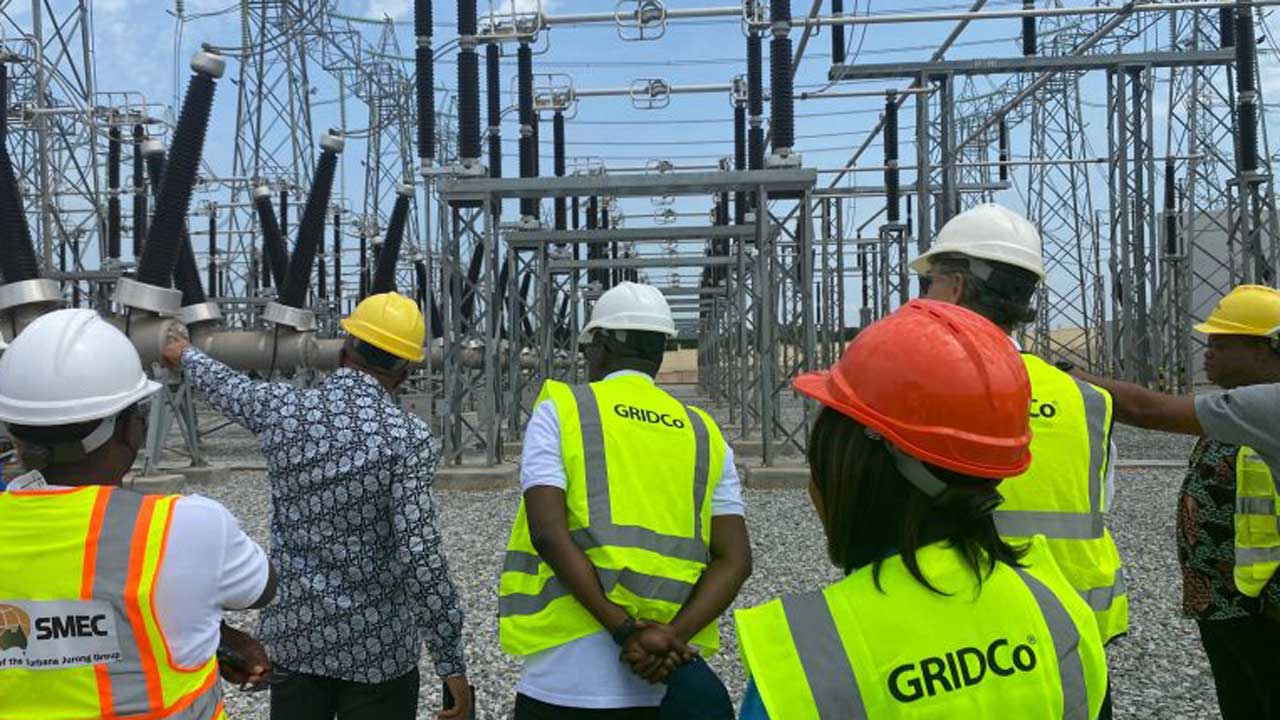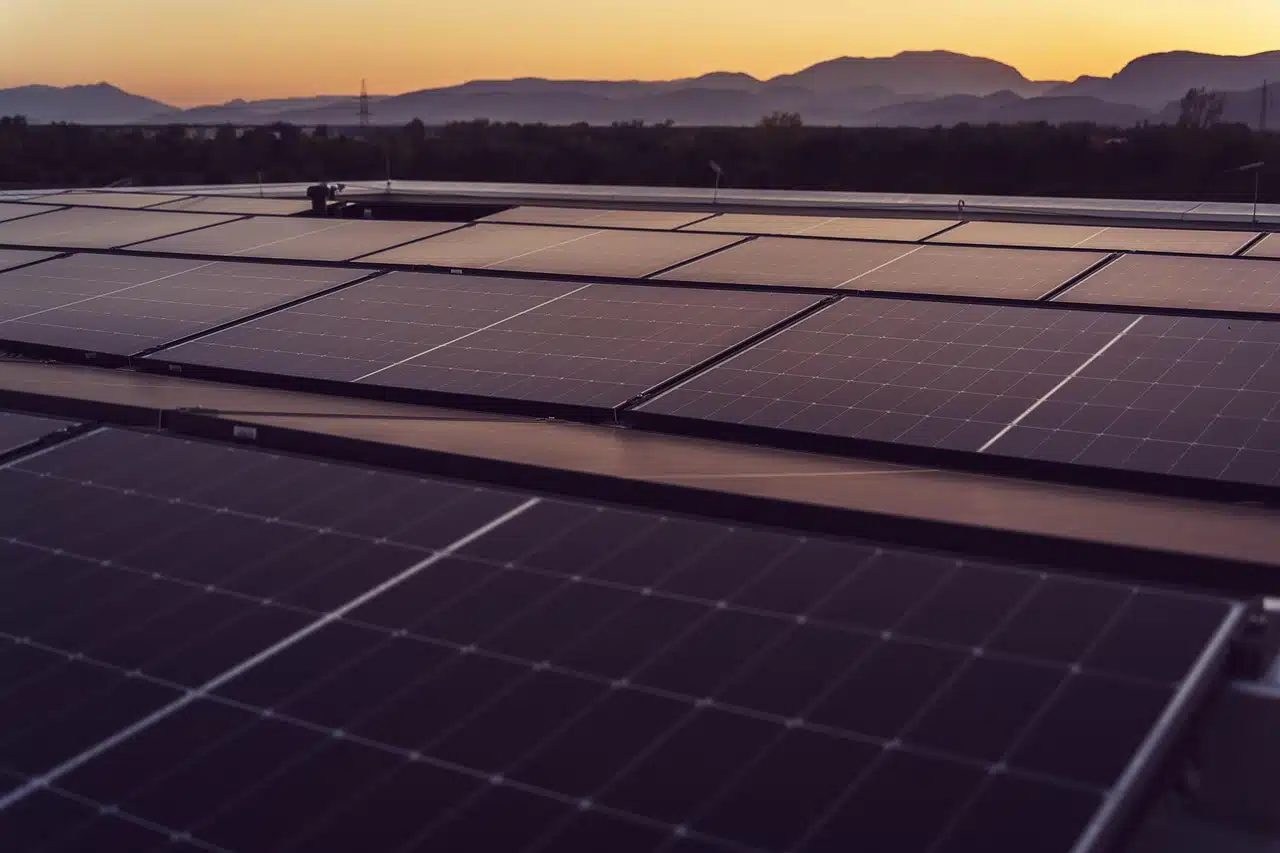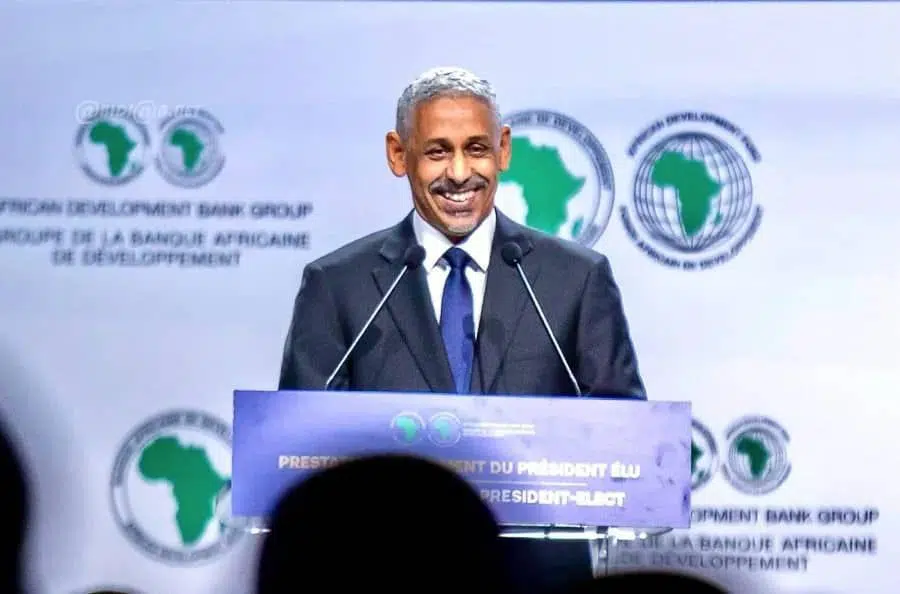In what seems like a landmark declaration by the federal government of Nigeria, the West African country has approved a refinancing scheme for a ₦4 trillion ($2.7 billion) debt owed to electricity generation companies (GenCos).
The legacy debt, which has compounded over the years, has contributed to the huge liquidity crisis in the nation’s electricity sector.
Nigeria, Africa’s most populous country, has the largest electricity deficit per population in the world.
With over 90 million people without access to power, the sector is plagued by huge infrastructure deficits, an aging centralized grid system, and, more importantly, mounting debts.
Understanding Nigeria’s electricity value chain
Nigeria’s electricity sector operates within a tripod of different batches of operators.
On one hand, there are the Distribution Companies (DisCos), responsible for supplying power to homes, businesses, and factories across the country.
Then there are the Generation Companies (GenCos), whose responsibility is to produce electricity through their thermal power plants and feed it into the national grid for distribution.
The operator of the national grid is the Transmission Company of Nigeria (TCN). Through its wide network of infrastructure and centralized grid system, TCN transmits power supply to the DisCos.
Interestingly, TCN is the only entity in the value chain owned solely by the Federal Government.
How the debt piled up
So how did the government owe so much to the generating companies?
Simply put, through revenue shortfalls from the DisCos and unpaid subsidies by the government.
In Nigeria’s electricity sector (NESI), costs are shared across operators in the value chain.
As a subsidy-embedded sector, the government takes a huge share of these costs—often amounting to millions monthly—while keeping electricity prices low for households.
On their part, the DisCos also fail at times to collect all the revenues owed by consumers, such as electricity bills. This results in additional revenue shortfalls.
Until recently, when the government removed subsidies for about 15% of users, revenue shortfalls averaged around 30 to 40% of the total cost.
The end result is an illiquid sector struggling with debt and underinvestment.
According to reports, Nigeria’s electricity sector has an annual investment deficit of about $2 billion.
Needless to say, most of these debts are owed to the GenCos since they are the ones producing the electricity in the first place.
So far, the debt has compounded to about ₦4 trillion ($2.7 billion) in the past decade.
This has become a huge headache for the GenCos, the DisCos, the Federal Government, and indeed the entire value chain of NESI.
An illiquid GenCo means the companies can’t pay their gas suppliers. Without gas, power plants can’t function properly. And without power plants, there’s no electricity.
All of this alone can make a head spin.
Breakdown of Nigeria’s debt settlement plan
Apparently, the Nigerian government doesn’t have ₦4 trillion ($2.7 billion) sitting somewhere in a vault to hand over to the GenCos.
Its solution is to offer government-backed promissory notes to the GenCos, allowing them to trade with these instruments and boost liquidity in the sector.
“Approved by President Tinubu and endorsed by the Federal Executive Council (FEC) in August 2025, the plan authorizes the issuance of up to ₦4 trillion ($2.7 billion) in government-backed bonds to settle verified arrears owed to generation companies and gas suppliers,” said the Presidential Aide on Energy, Olu Verheijen, in a statement.
Verheijen added that this is the highest bond issuance the government has rolled out in decades.
This is by no means a cancellation of the debt owed to the companies. Rather, the bond issuance allows the GenCos to trade with government-backed debt instruments without receiving liquid cash immediately.
Consider it an IOU from someone who owes you—but this time, it’s a legally binding, fiat-backed document from the government.
While this isn’t real cash, it offers the GenCos a real lifeline for their financial viability.
These companies can also trade the promissory notes with financial institutions at a discount to access immediate value.
For the government, it’s a win-win situation—allowing it to spread its debts over several years (until bond maturity), hedge against future inflation, and avoid paying the entire ₦4 trillion ($2.7 billion) upfront.
Paying such an amount instantly would deplete the national budget and leave the books in red.
The bond issuance, therefore, allows for a gradual spread of expenses, which is mutually beneficial to both parties.
The downside of the plan
However, this debt-settlement scheme is not without drawbacks. While it offers the government some breathing space, it doesn’t entirely resolve the liquidity challenge in the power sector.
Investors may see this renewed commitment as a positive signal, but without real financial inflows, that optimism may fade.
There’s also the issue of public debt. In recent times, Nigeria’s total public debt has ballooned to over ₦150 trillion (over $100 billion).
With this new bond issuance, the ₦4 trillion ($2.7 billion) electricity debt will add to the country’s overall debt portfolio.
It will also increase what the government must pay for local debt servicing.
In the second quarter of 2025 alone, Nigeria spent over ₦1.7 trillion ($1.13 billion) on debt servicing.
This figure is expected to rise as the electricity bond adds to overall government expenditure.
Step in the right direction
The move to redeem the ₦4 trillion ($2.7 billion) electricity legacy debt is commendable. It will help restore investor confidence across the entire value chain and shows that the government is treating the power sector as a national priority.
Nigeria still has a long way to go in closing its electricity gap.
With over 90 million people still struggling for power supply, the country needs real investment to drive the sector and ensure sustainable development.
Much has been said about Nigeria being on the cusp of industrialization—but systemic challenges, especially electricity, continue to hold it back.
Paying off a legacy debt is a step in the right direction. What remains is for the government to prove it can sustain liquidity and stability in the power sector.











